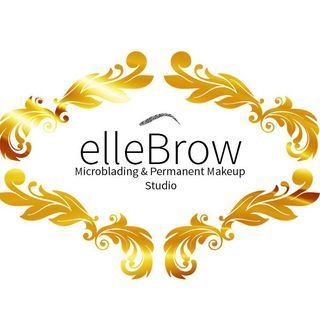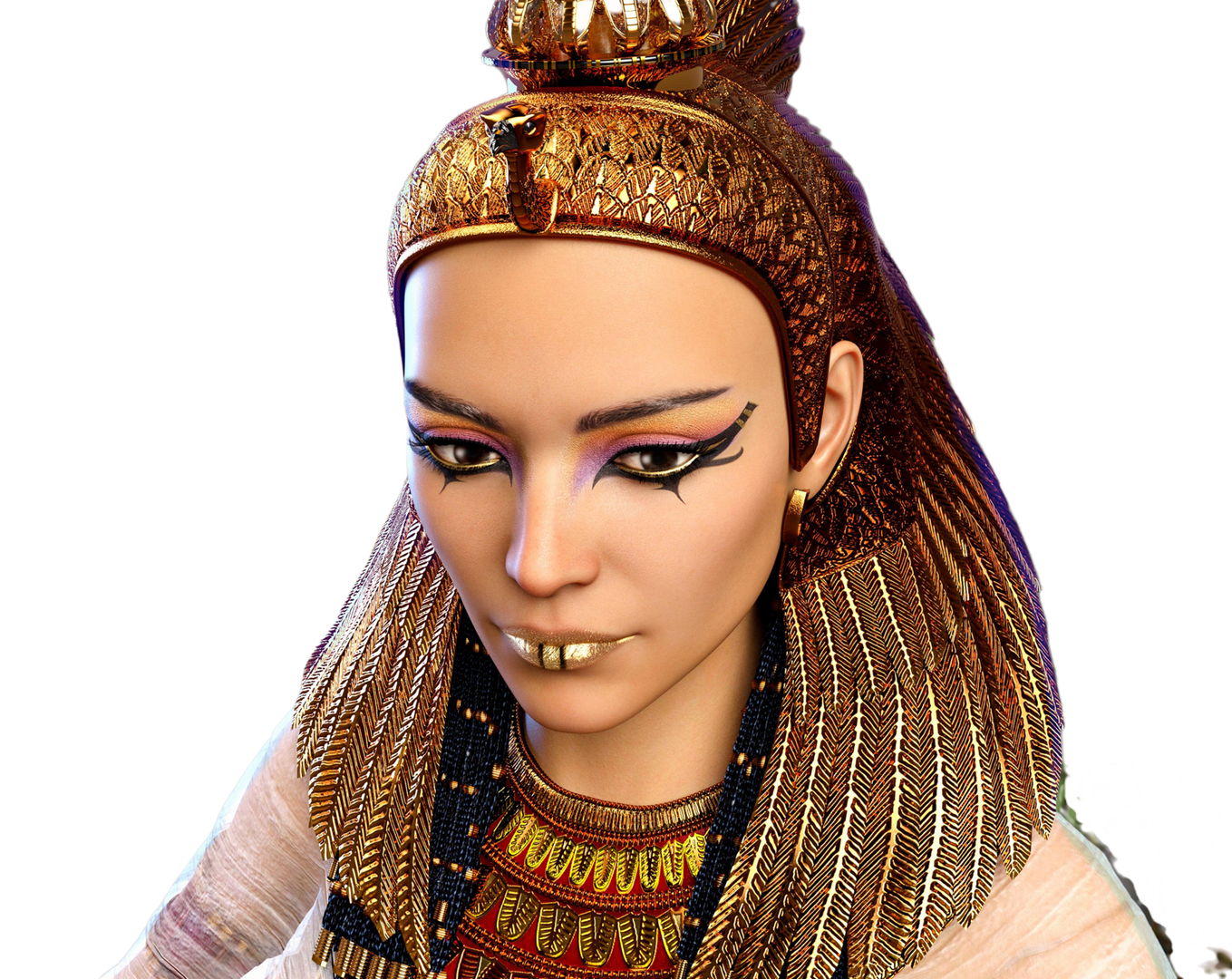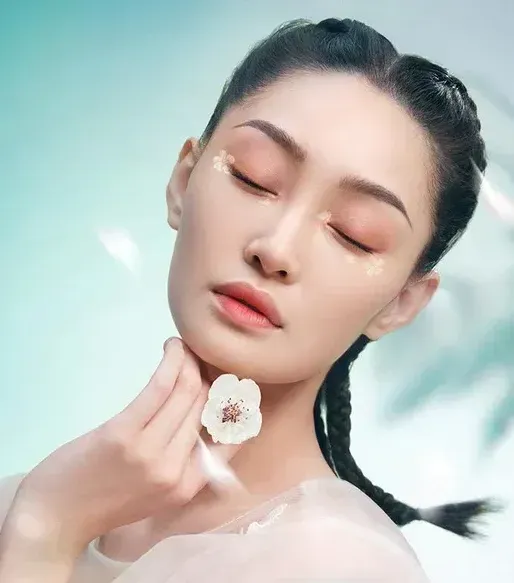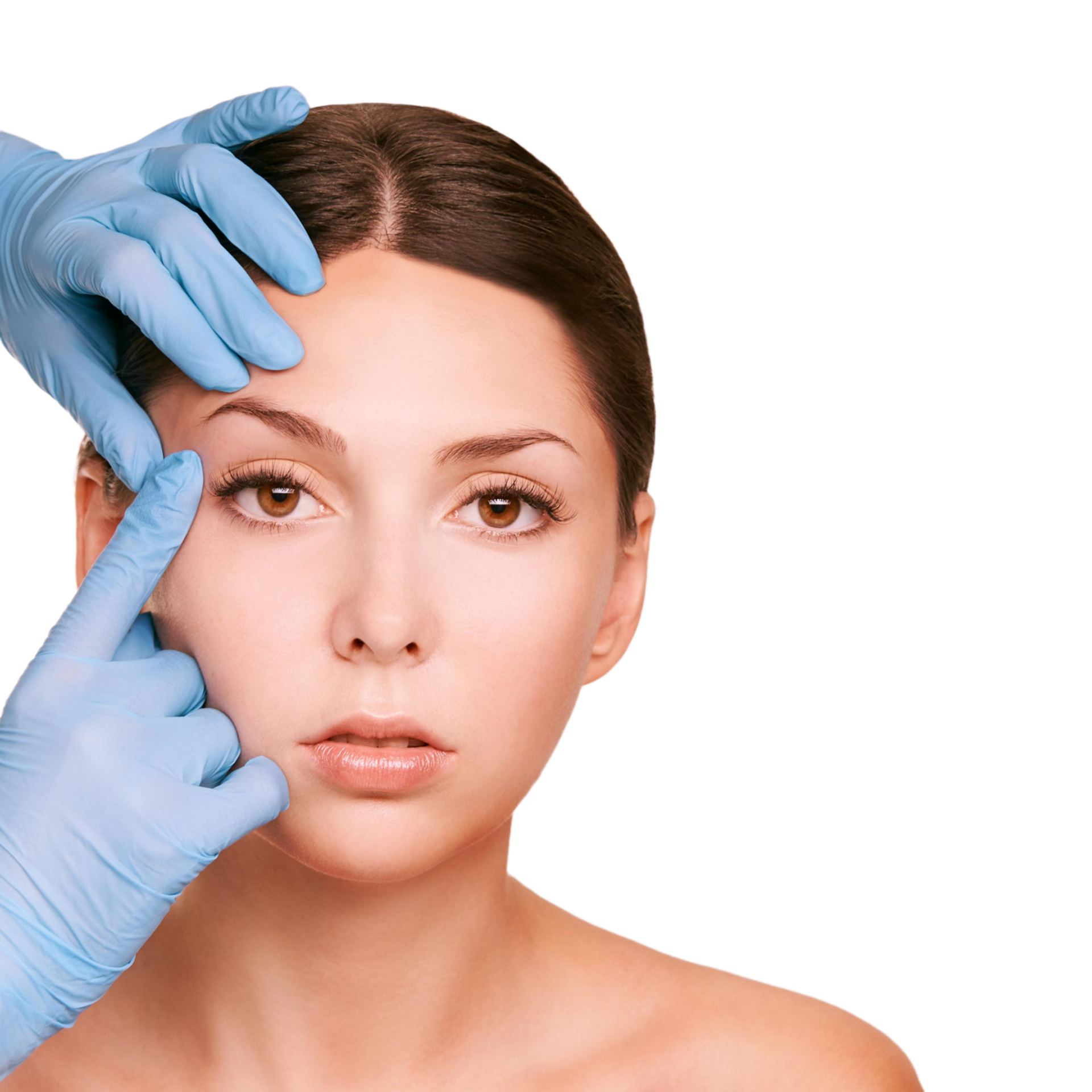One of the earliest recorded instances of enhancing eyebrows can be traced back to Ancient Egypt. In this ancient civilization, both men and women sought to beautify their eyebrows using a range of pigments. The distinctive Egyptian aesthetic emphasized the elegance of highly arched and elongated brows, which were regarded as symbols of beauty and royalty. To achieve these coveted brow shapes, individuals often turned to natural substances such as charcoal and galena, harnessing their transformative properties to darken and shape their eyebrows in alignment with the prevailing standards of beauty.
Microblading: An Account of its Origins, History and Rise in Popularity
Introduction
Welcome to our in-depth exploration of microblading, a revolutionary beauty technique that has captivated the cosmetic and aesthetic world. In this guide, we will journey through the origins of microblading, its meteoric rise to popularity, and the multitude of factors that have made it a globally in-demand cosmetic enhancement. Whether you're a fervent beauty enthusiast or an intrigued reader, this comprehensive guide will illuminate the intricate art, methodical technique, and transformative potential of microblading.
Origins of Microblading: Tracing Back Centuries
Often referred to as eyebrow embroidery, microblading has a rich and intriguing lineage that spans across centuries. From its early beginnings in ancient societies to its modern-day application, the quest to augment and refine the aesthetics of eyebrows has prevailed throughout time.
Ancient Egypt: The Birth of Brow Enhancement
East Asia: The Evolution of Traditional Techniques
The Modern Resurgence: From Niche to Global Phenomenon
While microblading has historical significance, its recent surge in popularity can be attributed to advancements in technology, increased accessibility, and the ever-evolving beauty industry. Let us explore the factors that have propelled microblading into the mainstream and made it a go-to option for enhancing eyebrows.
Natural-Looking Results
The rise in popularity of microblading in recent years has been nothing short of a beauty revolution. One of the primary reasons behind this meteoric rise is its ability to create natural-looking results. Unlike traditional eyebrow tattooing, which often resulted in harsh and unnatural-looking brows, microblading utilizes a manual technique that mimics the appearance of real hair. By delicately implanting pigment into the upper layers of the skin, skilled microblading artists can create beautifully defined eyebrows that blend seamlessly with the client's natural features.
Understanding the Fading Process and Individual Variability
Microblading offers a convenient and flexible "semi-permanent" solution for eyebrow enhancement, which generally fades over time. This feature allows clients to modify their eyebrow shape, color, or style as needed, accommodating changing trends or personal preferences. Regular touch-ups will be necessary to maintain the desired appearance. Factors such as skin type, lifestyle habits, sun exposure, and individual skin chemistry can influence the rate at which the pigments fade. While the pigments used in the procedure generally fade over time, it's important to acknowledge that the longevity and visibility of the results can vary widely among individuals. There will even be some instances where fading occurs much slower than desired, and exploring removal options may be necessary to make changes or adjust results that no longer align with the desired aesthetic.
Microblading vs. Traditional Makeup Methods: Redefining Eyebrow Perfection
In comparison to traditional eyebrow enhancement methods like eyebrow pencils, powders, and stencils, microblading offers distinct advantages. Unlike temporary makeup, microblading provides semi-permanent results that can last for an extended period. While traditional methods require daily application and touch-ups, microblading saves time and effort by eliminating the need for daily makeup application. Moreover, microbladed eyebrows create a more natural and defined look, as the technique involves drawing individual hair-like strokes that mimic the appearance of real eyebrows. This level of precision and customization is difficult to achieve with traditional methods. However, it's worth noting that microblading is a more involved and costly procedure, requiring the expertise of a trained professional and regular touch-up sessions to maintain the desired results. One should also consider the potential costs and effort required should laser removal become necessary at some point.
Minimal Downtime and Maintenance
Microblading offers the convenience of minimal downtime and maintenance compared to other cosmetic procedures. While healing times may vary, most individuals can resume their daily activities shortly after the procedure. Additionally, routine touch-up sessions can help maintain the desired appearance and extend the longevity of the microbladed eyebrows. These factors make microblading an appealing option for those seeking a time-efficient and hassle-free solution to achieve their desired eyebrow aesthetics.
Enhancing Eyebrows for Medical Conditions: Transformative Solutions through Microblading
Microblading has become a valuable solution for individuals facing challenges such as hypertrichosis of the eyebrows, trichotillomania, eyebrow loss due to internal diseases, chemotherapy-induced eyebrow loss, or alopecia. By utilizing advanced microblading techniques, skilled professionals can create eyebrows that enhance the appearance of individuals dealing with these specific medical conditions. With meticulous attention to detail and customized approaches, microblading offers a transformative solution, helping individuals regain their confidence and achieve natural-looking, well-shaped eyebrows. In essence, microblading, while serving as a powerful tool in the beauty industry, can also play a role in aiding individuals navigate certain personal health journeys with an added layer of assurance. To read a bit more this, please see our article on Microblading for Alopecia, Chemo, and Other Medical Conditions
The Artistry and Technique Behind Microblading
Within the realm of microblading, an artist's proficiency lies in the mastery of two fundamental skill sets: technical precision and artistic vision. On the technical side, they have a deep understanding of facial anatomy, expertly handle the microblade tool with precise control, and prioritize strict sterilization and hygiene protocols. Their artistic vision shines through as they design and shape eyebrows that beautifully complement clients' features, carefully matching colors and blending pigments to achieve natural-looking results. This combination of skills allows a talented microblading artist to create transformative eyebrow enhancements that enhance clients' natural beauty and boost their confidence. To fully appreciate the skill and precision required for microblading, let us explore the intricate steps involved in this transformative cosmetic procedure.
Consultation and Design: Crafting Personalized Brows
Numbing and Preparation: Ensuring Comfort and Safety
Before the microblading procedure commences, a topical numbing cream is applied to the eyebrow area to ensure the client's comfort. The microblading tools, which typically consist of a hand tool and sterile, disposable blades, are prepared and sanitized to maintain strict hygiene standards.
Microblading Technique: Implanting Precision Strokes
Using the hand tool and blades, the microblading artist meticulously implants pigment into the superficial layers of the skin. The technique involves creating fine, feather-like strokes that resemble natural eyebrow hairs. Each stroke is carefully placed to mimic the client's existing hair growth pattern and desired brow shape, resulting in a hyper-realistic and bespoke outcome.
Aftercare and Healing: Preserving the Results
Proper aftercare is crucial to optimize the healing process and preserve the results of microblading. Following the artist's instructions, which may include avoiding excessive sweating, sun exposure, and certain beauty and skin-care products, helps ensure the longevity of the microbladed eyebrows. Additionally, attending any recommended touch-up sessions allows the artist to refine the results and address any minor adjustments needed. For more detail on this topic, please see our article entitled "How Long Does Microblading Last".
Microblading's Surge in Demand and Explosive Growth within the Beauty Industry
Since its emergence in the beauty industry around 2015, microblading began experiencing an unprecedented surge in demand and growth. The quest for perfectly shaped and flawlessly defined eyebrows has captivated individuals worldwide, propelling microblading to the forefront of aesthetic enhancements. As more people sought to enhance their eyebrows with precision and artistry, the popularity of microblading had skyrocketed, transforming it into a sought-after procedure.
Navigating the Diverse Landscape of Microblading Artists: Quality and Variability in Skill and Expertise
With the rapid expansion of the microblading industry, a wave of new artists entered the field, driven by the desire to cater to the growing clientele. This influx of artists opened up a wider selection for clients seeking microblading services. However, along with the increased options, a challenge emerged. The skill range and expertise among microblading practitioners vary significantly, creating a diverse landscape for clients to navigate.
While some artists possess exceptional talent and proficiency, others may be less experienced or lack the necessary training. Therefore, it is crucial for individuals to exercise discernment when selecting a microblading artist, ensuring they choose someone with the highest level of skill and expertise to achieve their desired eyebrow transformation.
By carefully researching and considering factors such as an artist's track record, client testimonials, and portfolios, clients can make informed choices and experience the exceptional results microblading can offer. When evaluating and artist's portfolio, make sure it includes samples of healed results as well. Pay attention to key aspects such as the shape, color, and overall appearance of the eyebrows. Look for natural-looking strokes, well-defined arches, and symmetrical placement. For a more detailed discussion of this topic, please see our article, "Choosing a Microblading Artist".
Microblading Today
Interest in microblading in the U.S. began it's surge in the United States towards the end of 2015, with its peak occurring between 2017 and 2019. During this period, the demand for skilled and reputable microblading artists far outweighed the available supply, resulting in significant wait times for eager clients. Recognizing the immense potential in this rapidly growing industry, many individuals seized the opportunity to establish themselves as microblading artists. In turn, many microblading establishments saw this wave and quickly began offering classes and trainings alongside of servicing clients.
As a result, quite a few aspiring microblading artists enrolled in training programs and classes offered by established artists-turned-educators. However, it remains unclear what portion of these students developed the necessary skillsets and possessed the important inherent abilities to succeed as professional microblading artists.
The Covid-19 pandemic brought forth unforeseen challenges, leading to mandated closures and a temporary decline in microblading's popularity. However, microblading resurged once more when businesses re-opened and people came out of their homes again, leading search interest to return to it's peak in 2021, partially fueled by pent-up demand. That latest peak in popularity seems to have also marked a potential reversal of fortune, as the supply of microblading artists finally caught up with and even exceeded the demand.
With the increasing number of individuals having entered the microblading industry and the apparent cooling in demand, questions arise about the saturation point about the saturation point and the potential for differentiation among artists. It is vital for microblading artists to possess exceptional skills, provide unique services, and deliver outstanding results to stand out in this highly competitive market.
Regulatory Aspects, Safety and Downside Considerations
In the realm of intradermal tattoos, which encompasses permanent makeup techniques like microblading, the United States Food and Drug Administration (FDA) classifies the inks used as cosmetic products. The pigments present in these inks are categorized as color additives, necessitating premarket approval under the Federal Food, Drug, and Cosmetic Act. However, historically, the FDA has not proactively enforced regulatory authority over these tattoo inks due to a lack of substantial evidence pointing towards any safety concerns associated with the pigments.
When it comes to the practice of tattooing itself, regulatory control usually falls under the jurisdiction of local authorities, with some states recently starting to implement uniform, statewide regulations. In the event of any safety concerns associated with these cosmetic products, including tattoo inks, the FDA undertakes necessary investigations and actions to protect consumers from potential harm or adverse effects.
Microblading, while beneficial, carries potential risks that should be considered
Beyond regulatory and safety considerations, it's also important to discuss the potential downsides of microblading. Despite its many benefits, like all procedures, microblading carries some risks:
- Allergic Reactions: Some individuals may develop allergies to the pigments used in microblading, ranging from mild to severe.
- Infections: If the procedure isn't conducted under sterile conditions, skin infections may occur, leading to prolonged healing or scarring.
- Unsatisfactory Results: The results heavily depend on the artist's skill. Inexperienced practitioners can produce undesirable outcomes, such as uneven or unnatural-looking eyebrows. Furthermore, in cases of significant dissatisfaction with the results, a desire to change the shape or color of the microbladed eyebrows over time or leftover residue when maintenance is no longer desired, individuals may need to consider laser removal procedures, which can be costly and require multiple sessions.
- Healing Process: Post-procedure healing requires patience and adherence to aftercare instructions. Eyebrows may initially appear darker and could scab over before healing.
- Maintenance: Microblading results fade over time, necessitating touch-ups every 1 to 3 years, involving additional cost and time.
- Scarring: While rare, microblading carries a risk of scarring, particularly for individuals prone to keloids or hypertrophic scars.
It's important for individuals considering microblading to be aware of these risks and discuss them with a professional beforehand. Selecting a reputable and experienced practitioner can help mitigate these risks. For more information on this subject, refer to our article "Understanding the Risks of Microblading".
Conclusion
Microblading, with its rich historical roots and contemporary popularity, has revolutionized the way we enhance and define our eyebrows. By combining artistry, technique, and innovation, microblading offers a natural-looking, semi-permanent solution for individuals who desire precisely shaped and meticulously crafted eyebrows. Although it may not currently be at its peak levels of demand, microblading continues to maintain strong popularity. Individuals can embrace this art form to unlock the full potential of their brows and confidently embrace their unique beauty.
By the founders of Ellebrow Microblading & Permanent Makeup Studio NYC (est. 2013)




